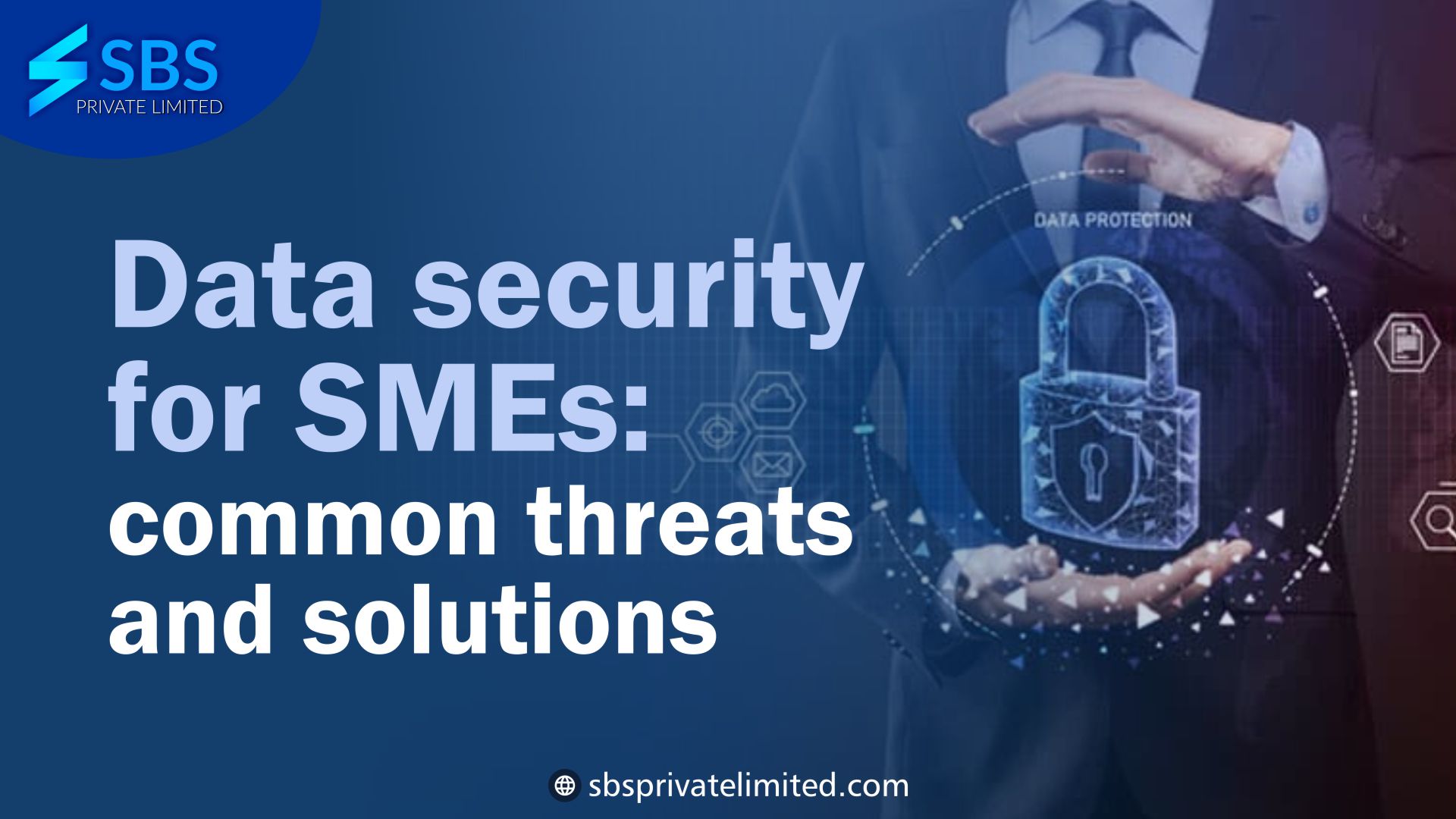
Data theft and breaches are severe matters. A company cannot afford to lose customer or financial data. Despite the fact that corporations have security policies and systems in place, there are several weaknesses that result in data breaches.
What precisely is data in the business world?
The term “data” is a wide one, but it largely refers to the corporate, transactional, and customer operations stored on your computer systems in company. An example of such data for an e-commerce site would be a website order. This is the website request made by a service provider.
The data that a business gets is vital to its continued operation. If this data is available to anybody or may be taken by another party, it breaches consumer privacy regulations. The data security involving Facebook and Cambridge Analytica, which had far-reaching consequences, is an example of such a leak.
What methods are used to steal or leak company data?
For most SMBs, there are six external threats and data leaks that result in a data breach.
We discuss each one below.
Employees utilize basic, non-complex passwords, resulting in weak credentials. Nowadays, access to every device requires a login and password. The same may be said for numerous apps and technologies. However, many users continue to utilise single passwords or passwords that they use across many accounts. When someone’s credentials are hacked, this is one of the most prevalent data breach tactics.
In fact, when someone’s credentials are compromised, 81% of cyber breaches occur. Multi-factor authentication, which requires users to present two or more pieces of evidence before they are permitted access, is a good solution for this.
Stolen/Lost Devices: Employees who lose or steal devices holding firm information. Devices frequently go lost, are stolen, or are misplaced. Mobile phones that are regularly used to view, exchange, or process corporate data are frequently lost or stolen. Portable laptops are very easily misplaced or lost. A laptop is stolen every 53 seconds, according to estimates. Devices are often lost or stolen, and the option to remotely delete data from the device is the greatest method for protecting data.
Unsecured access: Users access corporate data using their own devices. Signing into business email and file sharing systems makes it simple to access work data from other devices. The issue is a lack of encryption as well as the susceptibility of personal devices that provide access to company data. 20% of employees work without permission using their own devices. Way to get around this The issue is having mechanisms in place that encrypt data wherever it is accessible. Office 365 provides this data encryption option to businesses.
Outdated antivirus: Many PCs are running outdated or obsolete antivirus software that is no longer functional. Many consumers overlook the usage of antivirus software or upgrades to combat new computer risks. Every 4.2 seconds, a new malware sample is published. Keeping work computers safe with up-to-date antivirus software aids firms in avoiding such dangers.
Ransomware/Phishing: One of the most serious cybersecurity dangers, in which consumers get an email that appears to be an official email but is actually a phoney email meant to drive visitors to harmful websites. According to Symantec, one out of every thirteen web queries leads to malware. This comes after they examined over 1 billion online queries every day in 2017. A phishing email is the starting point for 91% of cyber assaults. Before reaching an inbox, email links must be inspected and cleaned of any threats. This is how the phishing email problem is fixed.
Leaked Data: Users exchange sensitive information with persons outside of their organization in an insecure manner. Many people communicate data via email or other unsecure ways outside of enterprise networks for the sake of convenience. With 58% of users mistakenly exposing sensitive information, this poses a considerable danger to organizations. The solution is to use access control for files, which may be revoked or restricted when data is exchanged.
Engage with our SBS Data Security services.

